In an age of online multiplayer, Super Smash Bros. Melee is a unique animal. Developed largely around offline competition, the game is something of an anachronism from a time when strategies and tactics didn’t really cross international borders. Now, one of the game’s biggest broadcasters is giving an inside look at a region that developed in utter isolation from the rest of the Smash world.
Lofton and the crew of VG BootCamp will attend the Niconico Chokaigi in Japan this coming weekend to provide a broadcast of the event’s Super Smash Bros. action. The event itself, a celebration of Japan’s largest online video community that drew 124 thousand attendees last year, will host a diverse array of light-hearted entertainment. But for esports fans, the Makuhari Messe convention center will play host to an unwitting study in Smash’s strategic diversity.
Japan’s relative isolation from the Smash world is equal parts history and business. To begin with, Super Smash Bros. Melee is, on its most basic level, a 14-year-old game whose competitive community is arguably as big as ever. A product of its time, the 2001 release arrived on the scene well before online multiplayer became an accepted necessity in the gaming world.
This fact, combined with its shocking longevity, created a unique culture. With competitions dependent on proximity to participants and the availability of television sets, Melee’s strategic flavors developed around regional trends—a far cry from today’s age, in which a professional player’s newest innovation is online and available for emulation within the hour.
Without sponsorship, the cost of travel alone could discourage even heavy favorites from traveling across the country, and available prize money did little to offset that cost. Even with the game’s current popularity, Joseph “Mang0” Marquez garnered just under $6,000 dollars at EVO 2014 (Melee’s main event) for taking down a highly-crowded field. Second-place Juan “Hungrybox” Debiedma earned under $2,000.
Across the Pacific, Japanese players found the same passion for the game. Without online multiplayer, and with the cost of a ticket to Las Vegas during EVO approaching $1,000, the Land of the Rising Sun developed its own culture in stark contrast to the Western school.
For those unfamiliar with the game, North American and European Melee is characterized by a heavy emphasis on Fox and Falco, two characters whose speed and strength are seemingly limitless when executed properly.
Smashers often talk about “20XX,” a reference to a prediction of the future of Melee from Kris “Toph” Aldenderfer. In Aldenderfer’s glib anecdote, “the year is 20XX” and all tournament entrants play either Fox or Falco to perfection. (Consequently, games are determined by port priority—the game’s system for resolving concurrent events by prioritizing one controller port over another—and players practice rock, paper, scissors in order to win the preferred port.)
Japan’s most famous export, however, is Masaya “Amsa” Chikamoto, a Yoshi player.
Chikamoto’s story is arguably the story of Japanese Smash itself. In the West, Yoshi is considered among the worst of the worst. His perceived lack of available options and—most importantly—speed, left him no quarter in tournaments littered with Starfox characters.
Yet Chikamoto threw those preconceptions to the wind, demonstrating what makes Mario’s dinosaur pal different are precisely what make him strong. Since landing on Western soil in 2013, the “Red Yoshi” defeated Smash legend Jason “Mew2King” Zimmerman (below), finished sixth at Apex 2015, and garnered a following as one of the most innovative and passionate players in Melee.
And Chikamoto is more rule than exception in the Eastern school of Smash. Apex World Circuit qualifier Battle Gateway six saw a top eight that featured only two Foxes and saw highly unpopular characters Samus and Yoshi net three of eight positions. Even Jigglypuff—another highly unpopular character—landed just inside the top eight finishers. Outside of the tournament, regular Western tournament attendees “Loki” and “P Spirit,” also from Japan, regularly pilot Ganondorf and Samus respectively and to surprising success.
While the podium at Chokaigi will surely include some of Western Smash’s usual characters, VG BootCamp’s trip to Japan this weekend is about more than just reporting a winner. It’s a unique opportunity to see what happens in esports when players buck conventional trends and think for themselves, developing characters and play styles that work because they can, far less so because they should.
Image courtesy of Nintendo



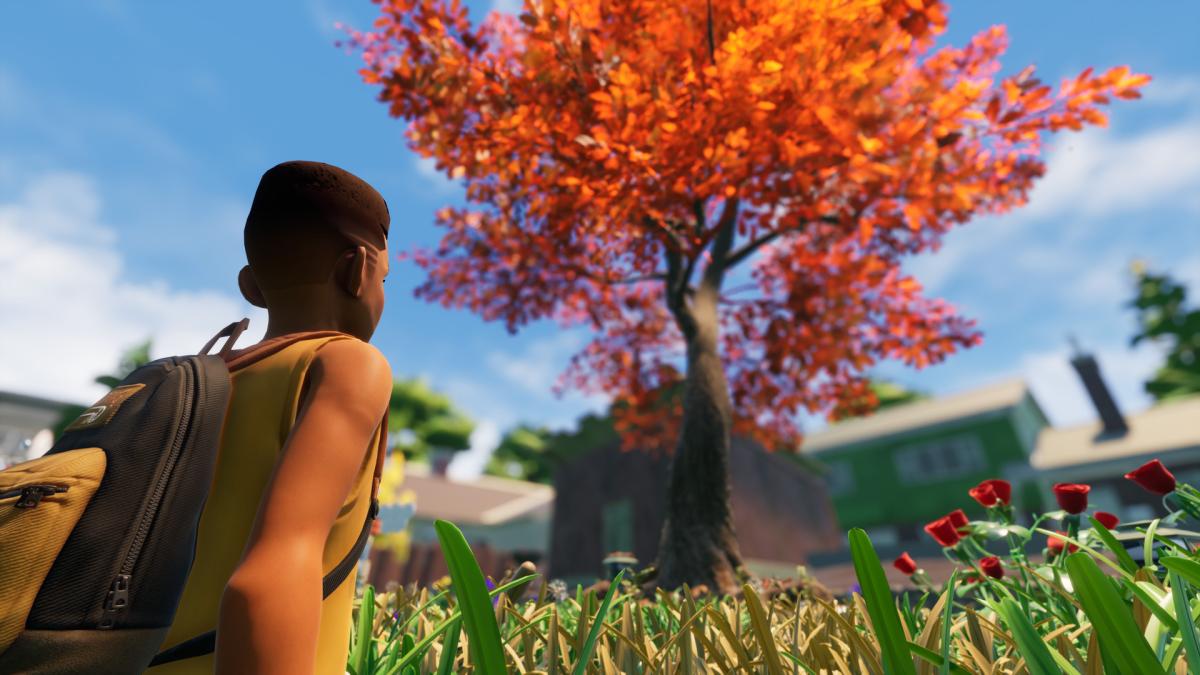
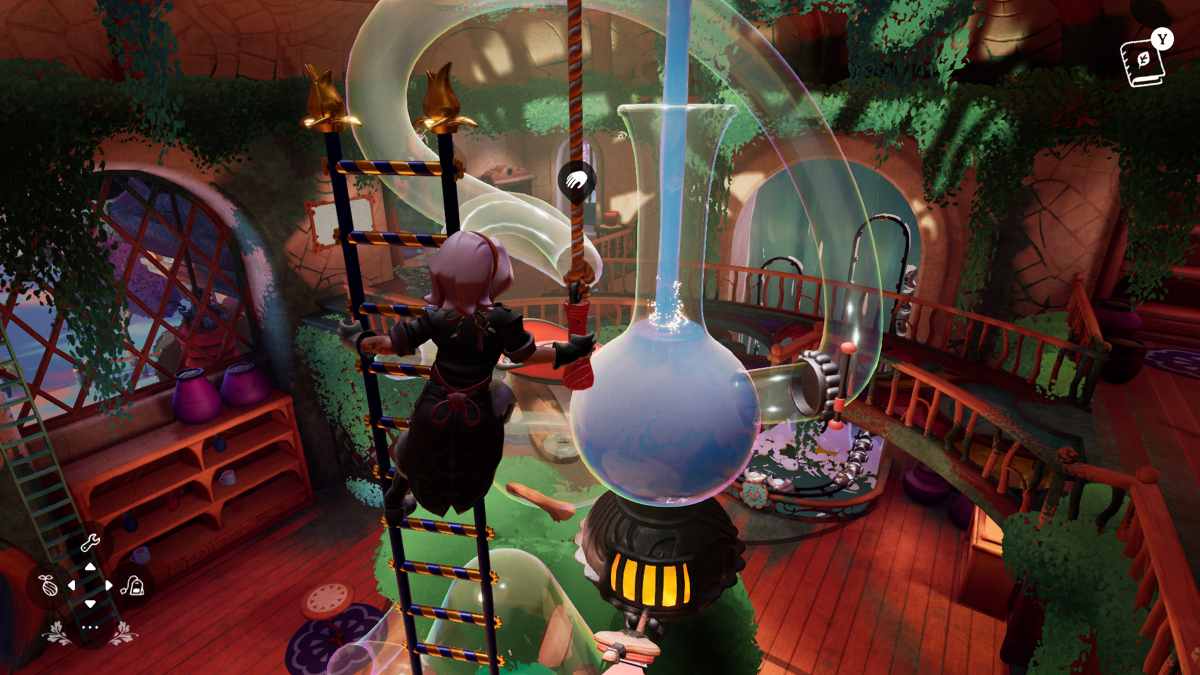
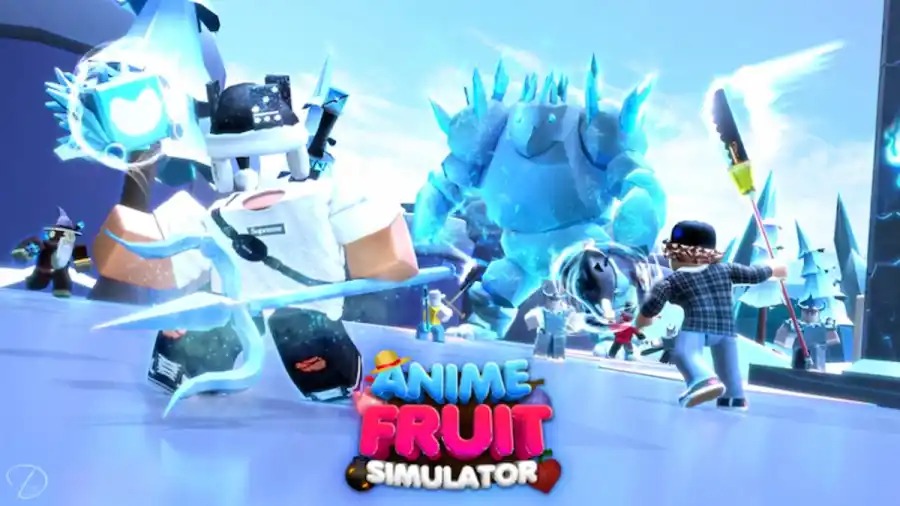
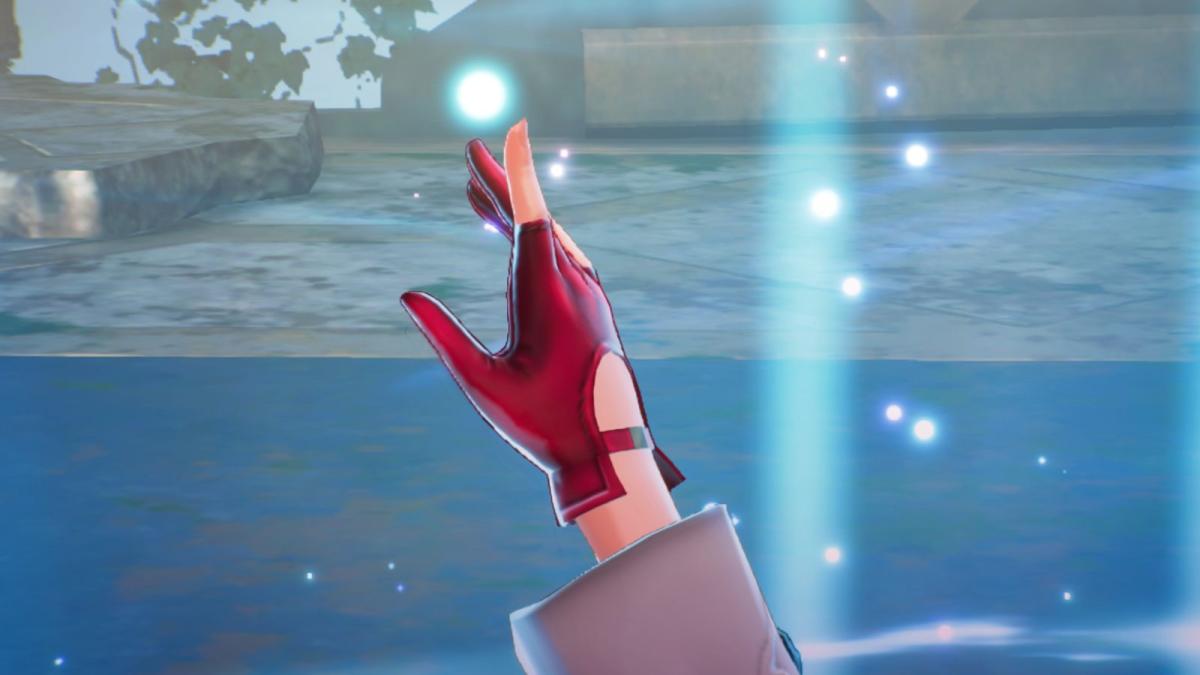
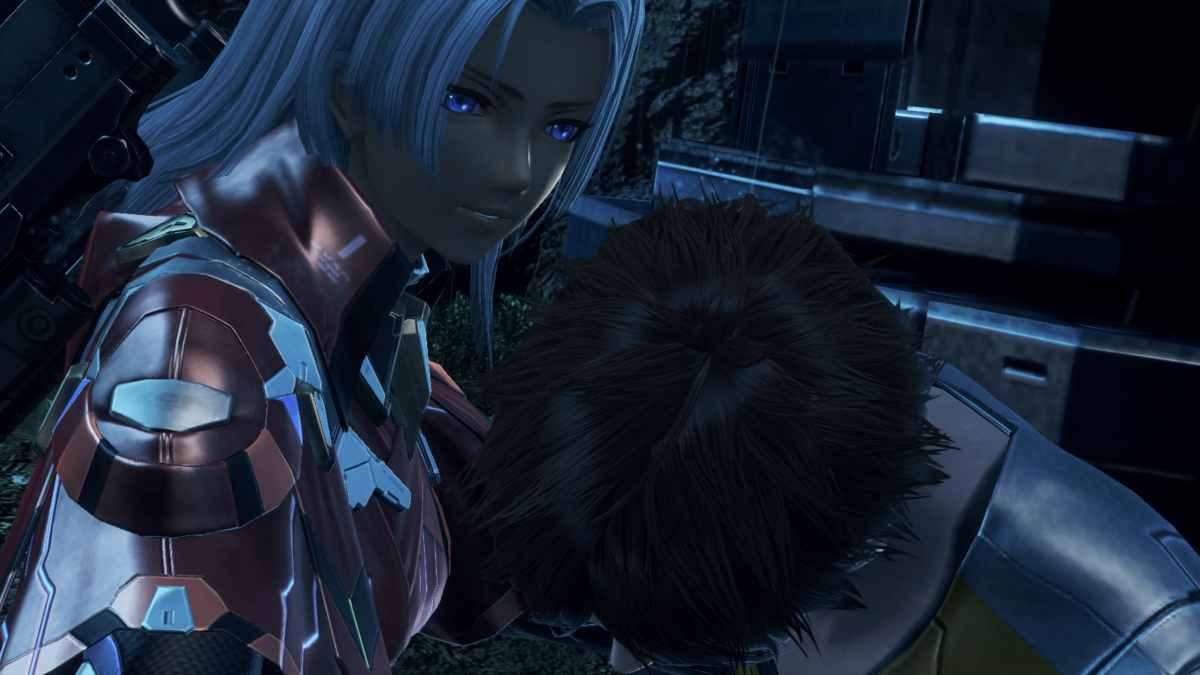
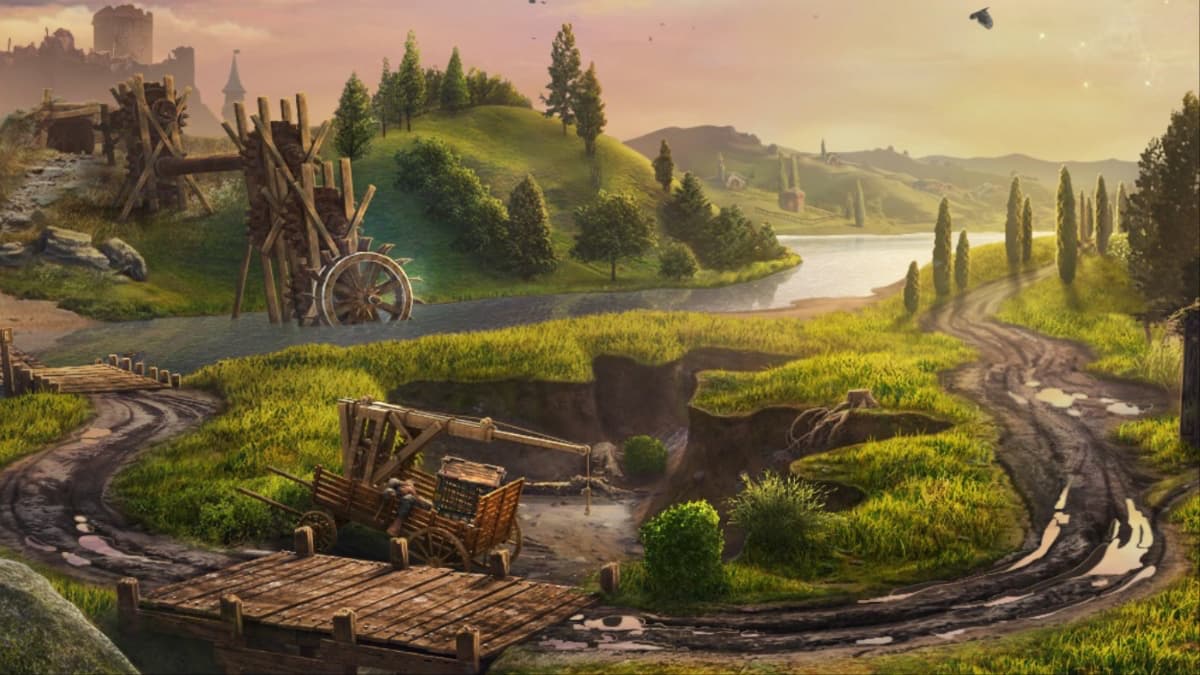
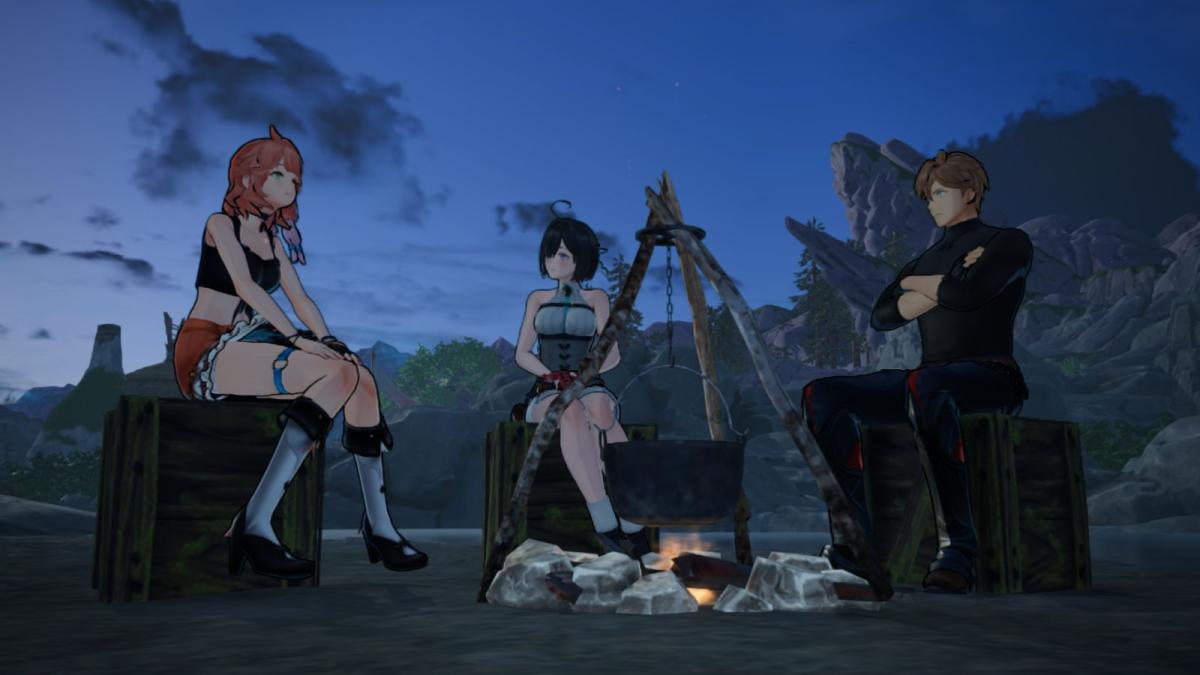
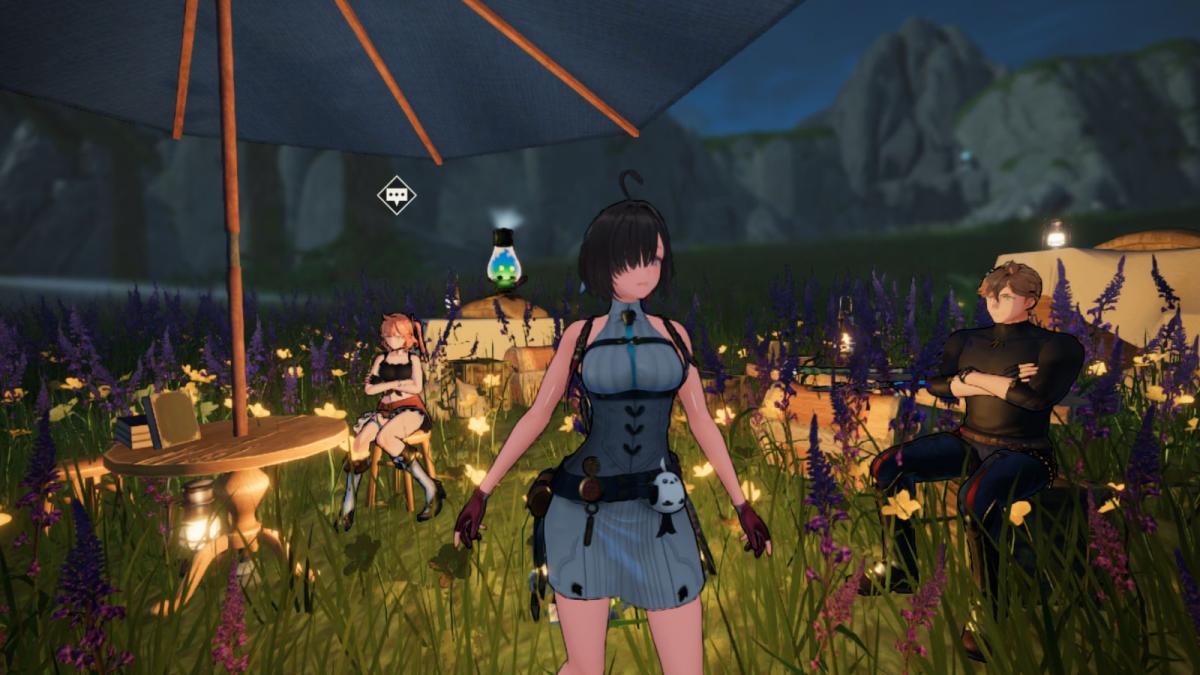

Published: Apr 22, 2015 01:11 pm